Introduction
Every mother dreams of giving birth to a healthy child. But new research suggests that something as invisible as the air we breathe could influence a baby’s brain development. Studies now link prenatal air pollution exposure to a higher risk of autism in children. For Indian mothers living in cities with high pollution levels, this concern is becoming increasingly important.
In this blog, we’ll explore how air pollution affects pregnancy, the science behind autism risk, early warning signs, and most importantly—what you can do to protect your unborn baby.
Understanding Prenatal Air Pollution Exposure
Prenatal air pollution exposure means when a pregnant woman breathes polluted air that contains harmful particles such as PM2.5, nitrogen dioxide (NO2), carbon monoxide (CO), sulfur dioxide (SO2), and heavy metals. These pollutants can cross the placenta, affecting the developing brain and organs of the baby.
In India, air quality levels in cities like Delhi, Gurugram, and Lucknow often exceed the safe limits set by the World Health Organization (WHO). Expectant mothers in such areas face a higher risk of complications such as low birth weight, premature delivery, and now, according to recent research, autism spectrum disorder (ASD) in their children.
What Is Autism Spectrum Disorder (ASD)?
Autism Spectrum Disorder (ASD) is a neurodevelopmental condition that affects a child’s communication, behavior, and social interaction. Autism is not caused by one single factor—it is influenced by a combination of genetic and environmental triggers. Scientists now believe that exposure to air pollution during pregnancy may be one of those environmental risk factors.
Common features of autism include:
-
Difficulty in social interactions
-
Delayed speech or language skills
-
Repetitive behaviors (like hand-flapping)
-
Sensitivity to light, sound, or touch
-
Preference for routines and structure

The Science Behind the Link
Recent large-scale studies from Harvard University, University of Southern California, and Indian research institutions suggest that airborne pollutants can interfere with fetal brain development. Here’s how:
-
Inflammation and Oxidative Stress: Pollutants trigger inflammation in the mother’s body, releasing harmful free radicals that may damage fetal brain cells.
-
Placental Transfer: Tiny particles (PM2.5) can enter the placenta and reach the baby’s bloodstream.
-
Gene Expression Changes: Air toxins can alter DNA methylation patterns, affecting how genes linked to brain development are expressed.
A study published in JAMA Pediatrics found that mothers exposed to higher levels of nitrogen dioxide during the third trimester had a 40–60% increased risk of having a child with autism.
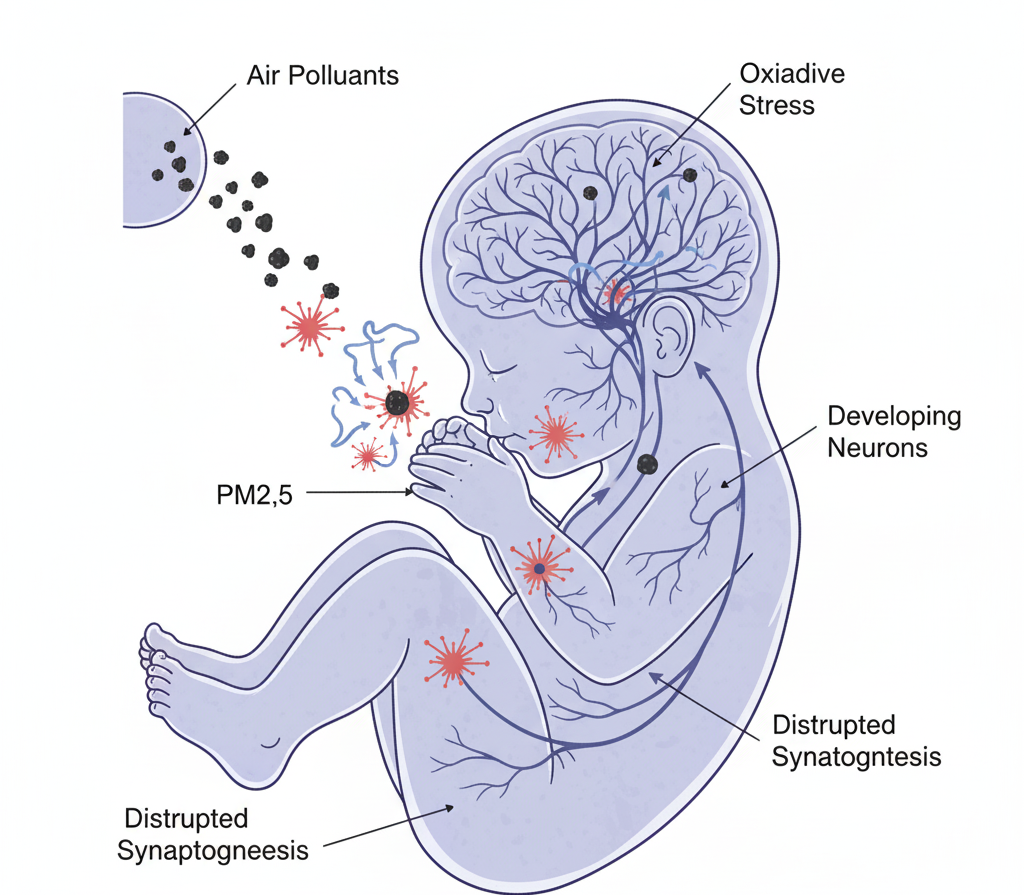
Symptoms and Early Signs of Autism in Children
Early diagnosis of autism is key to better outcomes. Parents should watch for these signs in the first 2–3 years of life:
-
No babbling or pointing by 12 months
-
No single words by 16 months
-
No two-word phrases by 2 years
-
Poor eye contact
-
Lack of interest in other children
-
Unusual attachment to specific objects
-
Repetitive movements like spinning or rocking
If you notice these symptoms, consult a pediatric neurologist or developmental pediatrician through Quickobook for an early evaluation.
Diagnosis and Medical Evaluation
There is no single test for autism. Diagnosis involves:
-
Developmental screening at 18–24 months
-
Detailed behavioral assessments
-
Speech and language evaluations
-
Neurological and genetic testing (if needed)
Specialists may use tools like ADOS (Autism Diagnostic Observation Schedule) or CARS (Childhood Autism Rating Scale) to confirm diagnosis.
Treatment and Management
Autism is not curable, but early intervention can significantly improve development and quality of life. Treatment includes:
-
Behavioral Therapy: Applied Behavior Analysis (ABA) helps improve communication and reduce problematic behaviors.
-
Speech Therapy: Enhances language and social communication.
-
Occupational Therapy: Improves motor skills and sensory integration.
-
Special Education: Tailored teaching methods based on child’s needs.
-
Parental Support Groups: Emotional and practical guidance for families.
Lifestyle and Preventive Measures for Expectant Mothers
Reducing air pollution exposure during pregnancy can lower health risks for both mother and baby.
1. Monitor Air Quality
-
Use AQI apps like SAFAR or AirVisual to check daily air quality.
-
Avoid outdoor activities when AQI is above 150.
2. Indoor Air Safety
-
Use air purifiers with HEPA filters.
-
Keep windows closed during high-pollution days.
-
Grow indoor plants like aloe vera and spider plant for better air quality.
3. Nutrition
-
Eat foods rich in antioxidants (like berries, spinach, and turmeric) to fight oxidative stress.
-
Take prenatal vitamins as advised by your gynaecologist.
4. Safe Mobility
-
Prefer indoor workouts or low-pollution times for walks.
-
Wear N95 masks in high-traffic zones.
5. Regular Checkups
-
Schedule frequent prenatal visits.
-
Inform your doctor if you live near industrial areas or highways.
When to See a Doctor
You should seek immediate medical advice if you experience:
-
Persistent coughing or breathlessness during pregnancy
-
Dizziness or fatigue after outdoor exposure
-
Reduced fetal movements
And after childbirth, consult a paediatrician if your child misses developmental milestones.
You can easily find a paediatric neurologist, developmental specialist, or gynaecologist on Quickobook for timely consultation.
Risks and Complications
Prolonged exposure to polluted air during pregnancy may cause:
-
Preterm birth
-
Low birth weight
-
Impaired lung function in infants
-
Developmental delays
-
Increased risk of autism spectrum disorder
How Quickobook Can Help
Quickobook connects you instantly with top gynaecologists, paediatricians, and child development specialists near you. You can:
-
Book appointments online
-
Consult doctors via telehealth
-
Access verified hospital profiles
-
Read patient reviews before visiting
Whether you’re in Delhi, Kolkata, or Bengaluru, Quickobook ensures that quality care is always within reach.
20 Expert FAQs on Prenatal Air Pollution and Autism Risk
Q1. How does air pollution affect an unborn baby?
A. Pollutants can cross the placenta, leading to inflammation and developmental problems in the baby’s brain and organs.
Q2. Which pollutants are most dangerous during pregnancy?
A. PM2.5, nitrogen dioxide (NO2), sulfur dioxide (SO2), and carbon monoxide (CO) are highly harmful.
Q3. Does every pregnant woman exposed to pollution have an autistic child?
A. No, air pollution increases the risk but does not guarantee autism. Genetics and other factors also play a role.
Q4. Which trimester is most sensitive to pollution exposure?
A. The third trimester is considered particularly vulnerable as brain development peaks during this stage.
Q5. Can air purifiers protect pregnant women from pollution?
A. Yes, HEPA air purifiers can reduce indoor particle concentration by up to 90%.
Q6. What dietary steps can reduce pollution impact?
A. Eating antioxidant-rich foods (turmeric, spinach, citrus fruits) can help reduce oxidative stress.
Q7. Is it safe to exercise outdoors during high pollution days?
A. Avoid outdoor workouts when AQI is poor; opt for indoor yoga or stretching.
Q8. How common is autism in India?
A. Around 1 in 68 children in India are diagnosed with autism spectrum disorder, and numbers are rising.
Q9. Can pollution exposure before pregnancy affect fertility?
A. Yes, long-term exposure to air pollution can reduce fertility in both men and women.
Q10. Can masks really prevent prenatal pollution exposure?
A. N95 masks block most airborne particles and are recommended during outdoor travel.
Q11. Can smoking worsen the impact of air pollution?
A. Yes, smoking adds toxins and increases oxidative stress, compounding risks for the baby.
Q12. Are rural areas safer from air pollution?
A. Generally yes, but biomass smoke from cooking can still be hazardous indoors.
Q13. Should pregnant women avoid traffic-heavy routes?
A. Yes, as vehicle emissions are a major source of nitrogen dioxide and PM2.5.
Q14. Can prenatal vitamins reduce pollution impact?
A. Vitamins like folate and omega-3 support brain development and may reduce risk.
Q15. What are early signs of autism parents should watch for?
A. Lack of eye contact, delayed speech, repetitive behaviors, and poor social response.
Q16. Can autism be detected before birth?
A. No, there are no prenatal tests for autism yet; diagnosis is postnatal.
Q17. Can reducing pollution exposure lower autism risk?
A. Yes, minimizing exposure during pregnancy may significantly reduce risk.
Q18. Can genetics and pollution together cause autism?
A. Yes, studies suggest that genetic predisposition plus environmental exposure amplifies risk.
Q19. Does air pollution affect boys and girls equally?
A. Research indicates boys are more likely to develop autism from prenatal exposure.
Q20. How can Quickobook help me find specialists?
A. Quickobook lets you find trusted gynaecologists, paediatricians, and developmental experts near you in just minutes.
Conclusion
The link between prenatal air pollution and autism risk in children is a growing concern, especially in polluted Indian cities. While complete avoidance of pollution is difficult, awareness, prevention, and regular medical care can make a huge difference. Mothers can take proactive steps—monitor air quality, eat healthy, use purifiers, and seek prenatal care regularly.
Remember, early detection and therapy can help children with autism live fulfilling lives.
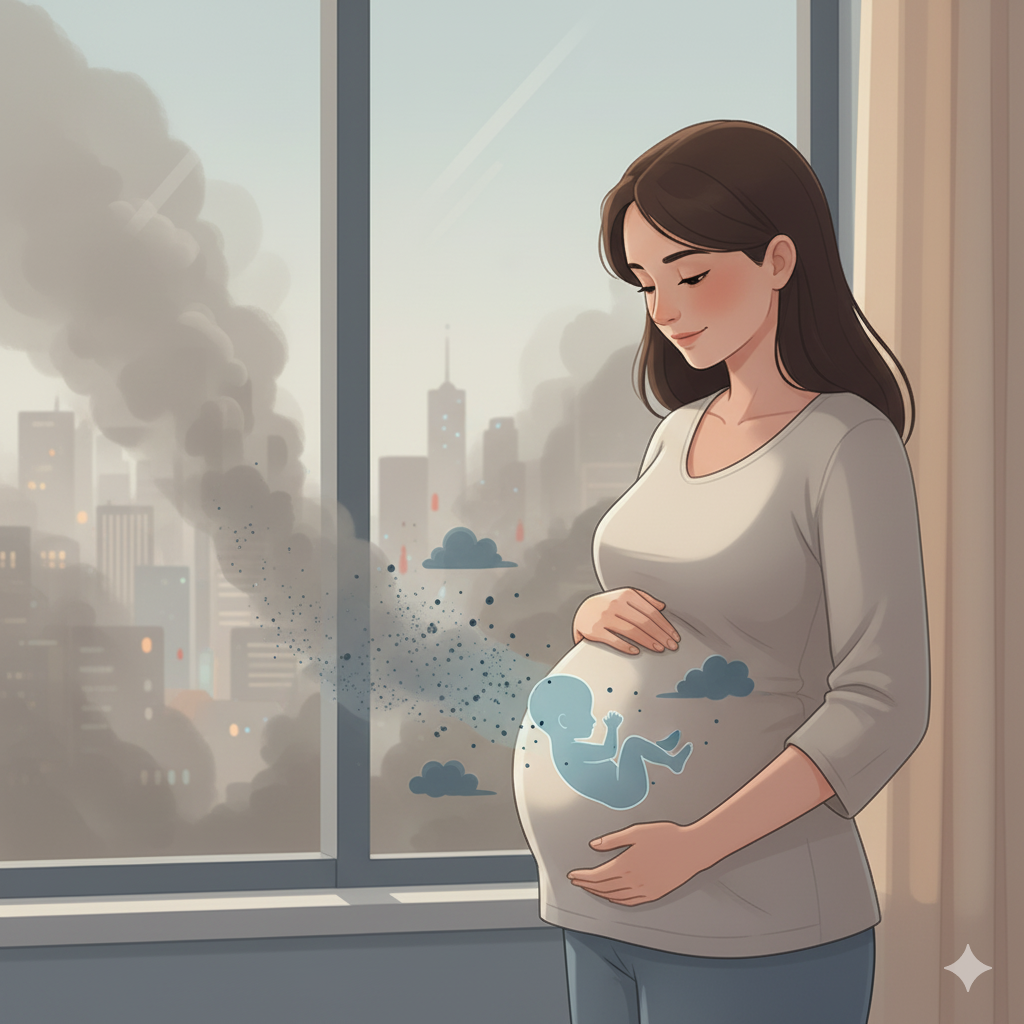

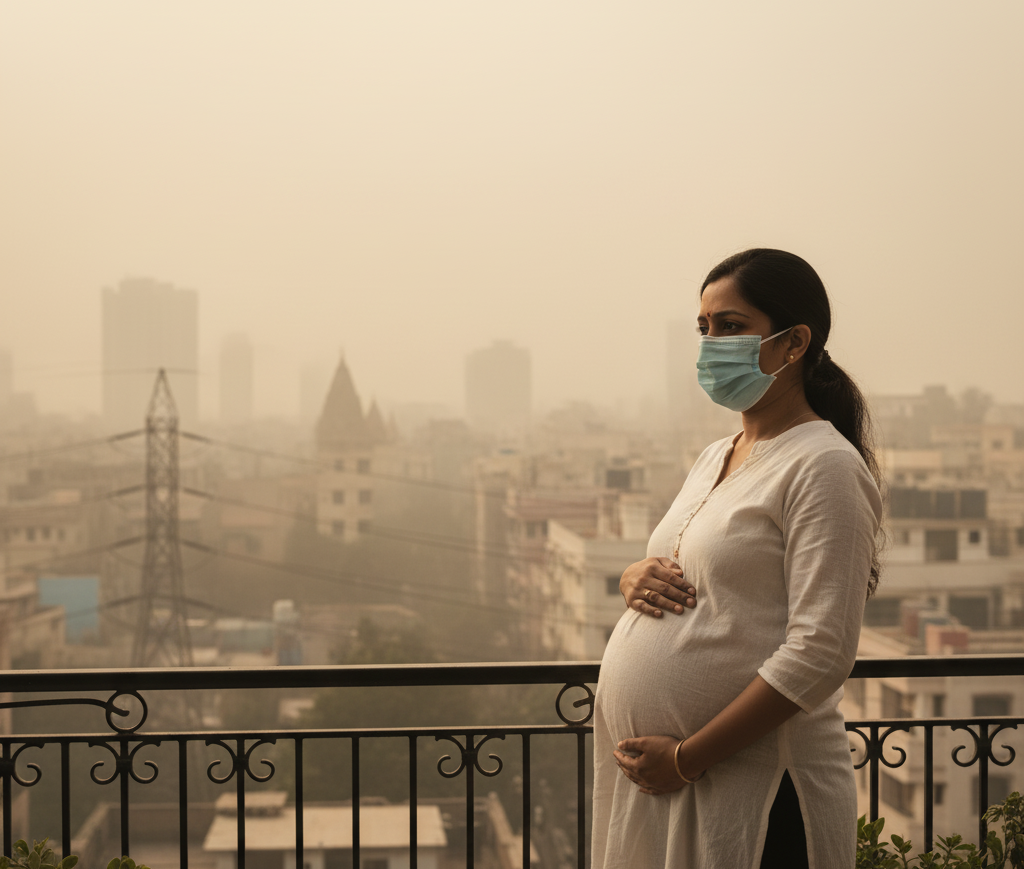
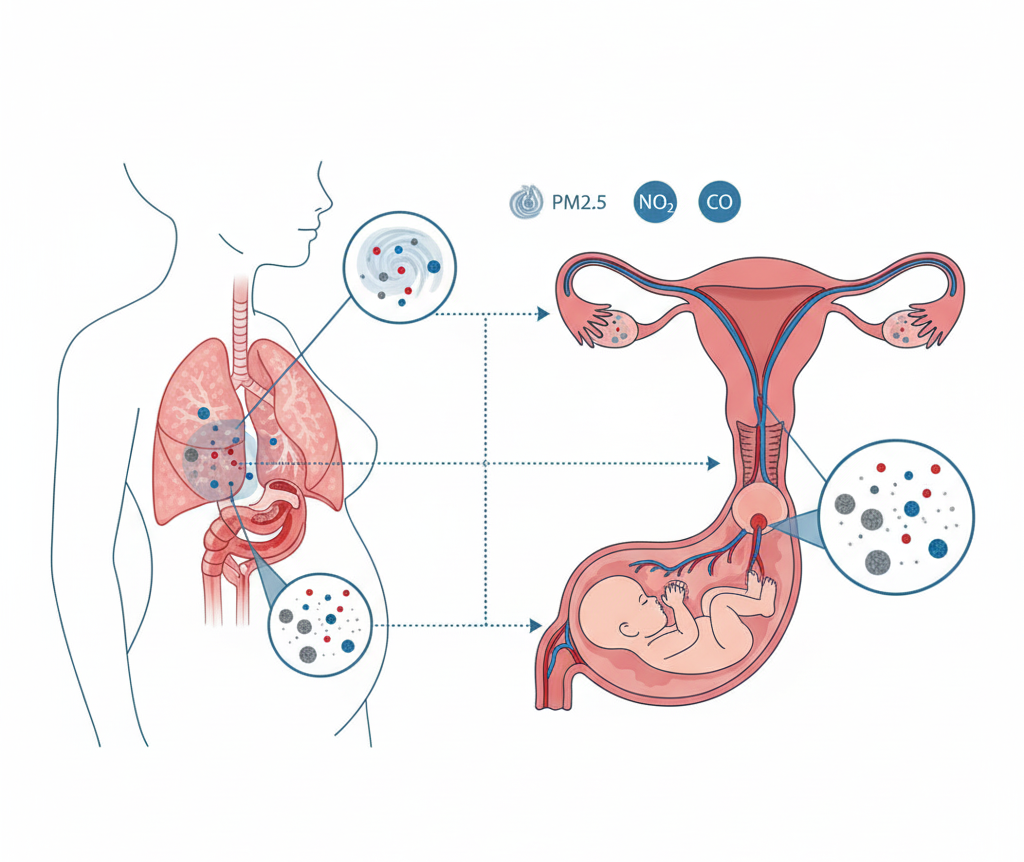
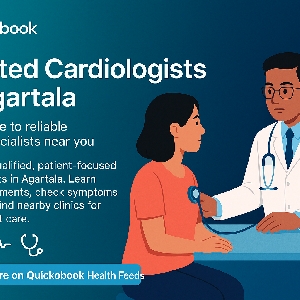
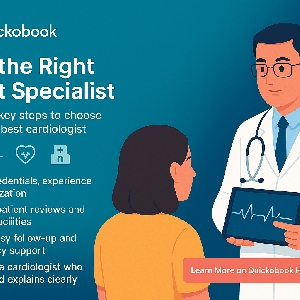
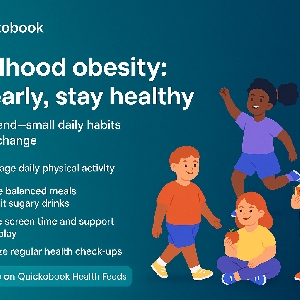

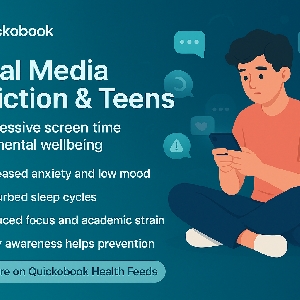


Comments (0)
No comments yet. Be the first to share your thoughts!
Leave a Comment